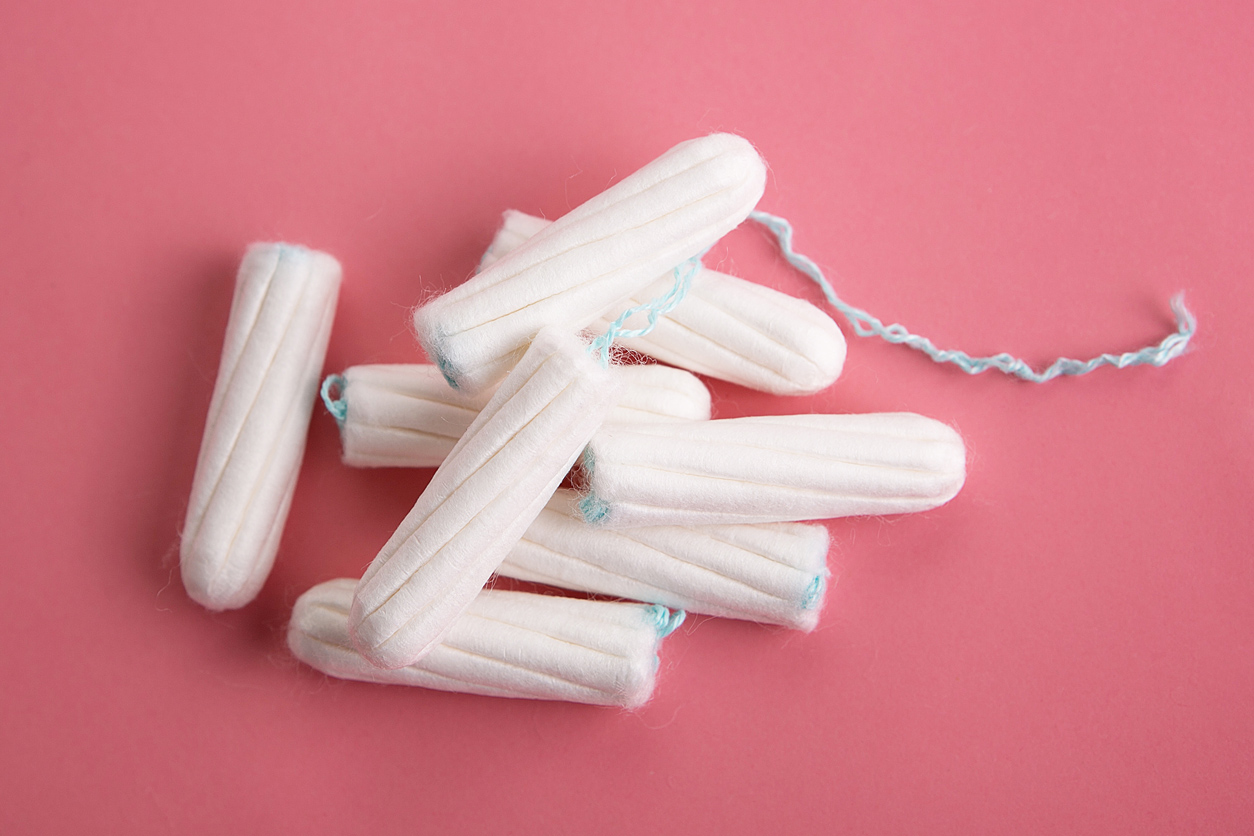Scientists recently discovered measurable concentrations of a dozen metals and metalloids in a selection of widely available tampons. The NIEHS-funded researchers detected some toxic metals such as lead, which does not have a safe exposure level.
However, future research is needed to replicate the findings and determine whether metals can leach out of tampons and cross the vaginal tissue into systemic circulation. The study was published in the August issue of the journal Environment International.

“This is the first study, to our knowledge, to measure metals in tampons,” said lead study author Jenni Shearston, Ph.D., a postdoctoral scholar in the Environmental Science, Policy, & Management department at the University of California, Berkeley.
“We found 12 of the 16 metals we tested for, including some toxic metals like lead, present in 100% of the tampons we tested,” Shearston explained. “However, we want to urge people not to panic because we don’t yet know if these metals can come out of the tampons or be absorbed by the body, and so we don't know if they could have any impact on health.”
“There is surprisingly little information available about the long-term safety of feminine hygiene products,” said Abee Boyles, Ph.D., health scientist administrator in the Population Health Branch at the NIEHS. “Not just what is in the products, as this paper addresses, but also what chemicals are absorbed into the body and if there are impacts on the health of menstruating people from these common, recurrent exposures.”
Measuring metals

According to the study authors, an estimated 52% to 86% of people who have menstrual periods in the United States use tampons to absorb menstrual blood in the vagina. Tampons may contain metals from agricultural or manufacturing processes, which could be absorbed by the vagina’s highly absorptive tissue and potentially result in metal exposure.
Given the potential for vaginal chemical absorption, and the high prevalence of regular tampon use, Shearston and her collaborators evaluated the concentrations of 16 metals and metalloids in 30 tampons from 14 tampon brands and 18 product lines. The researchers microwave-acid digested and analyzed approximately 0.2 to 0.3 grams of material from each tampon.
Their analysis revealed detectable concentrations of several toxic metals, including elevated concentrations of lead, cadmium, and arsenic. Lead concentrations were higher in non-organic tampons, although arsenic was higher in organic tampons.
Determining the health impact
The researchers also found differences among products purchased in the European Union or United Kingdom versus the United States for three metals, and for store-brand versus name-brand tampons for four metals.
However, the scientists were not able to assess statistical differences by absorbency, lot number, brand, or manufacturer. They focused on including as many brands as possible, rather than including more samples of a smaller number of brands, so that they could gain a more representative understanding of metal concentrations in tampons.
“In order to get to the bigger goal of determining if these metals in tampons might impact health, more research is needed to determine if these metals can leach out of the tampons, if they can be absorbed by the body, and if so, in what concentrations,” Shearston said.
(Janelle Weaver, Ph.D., is a contract writer for the NIEHS Office of Communications and Public Liaison.)









